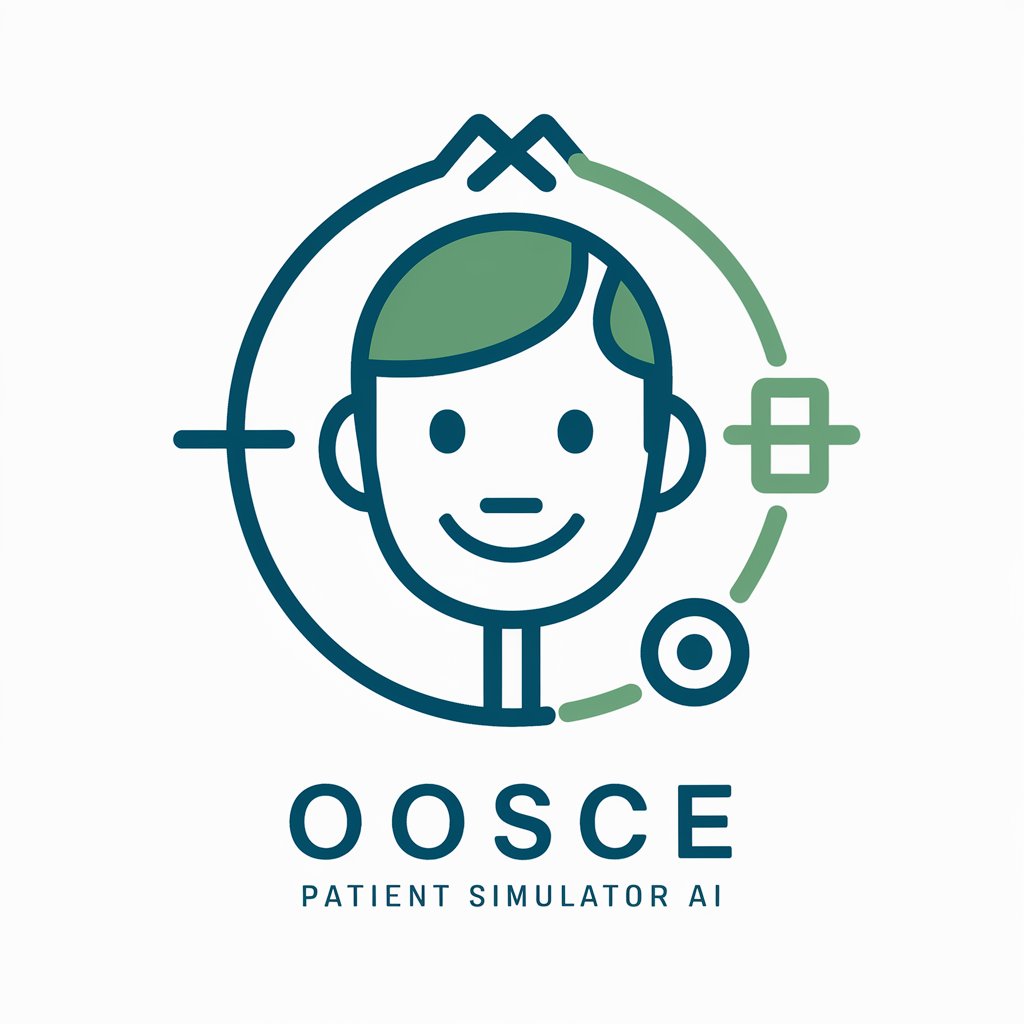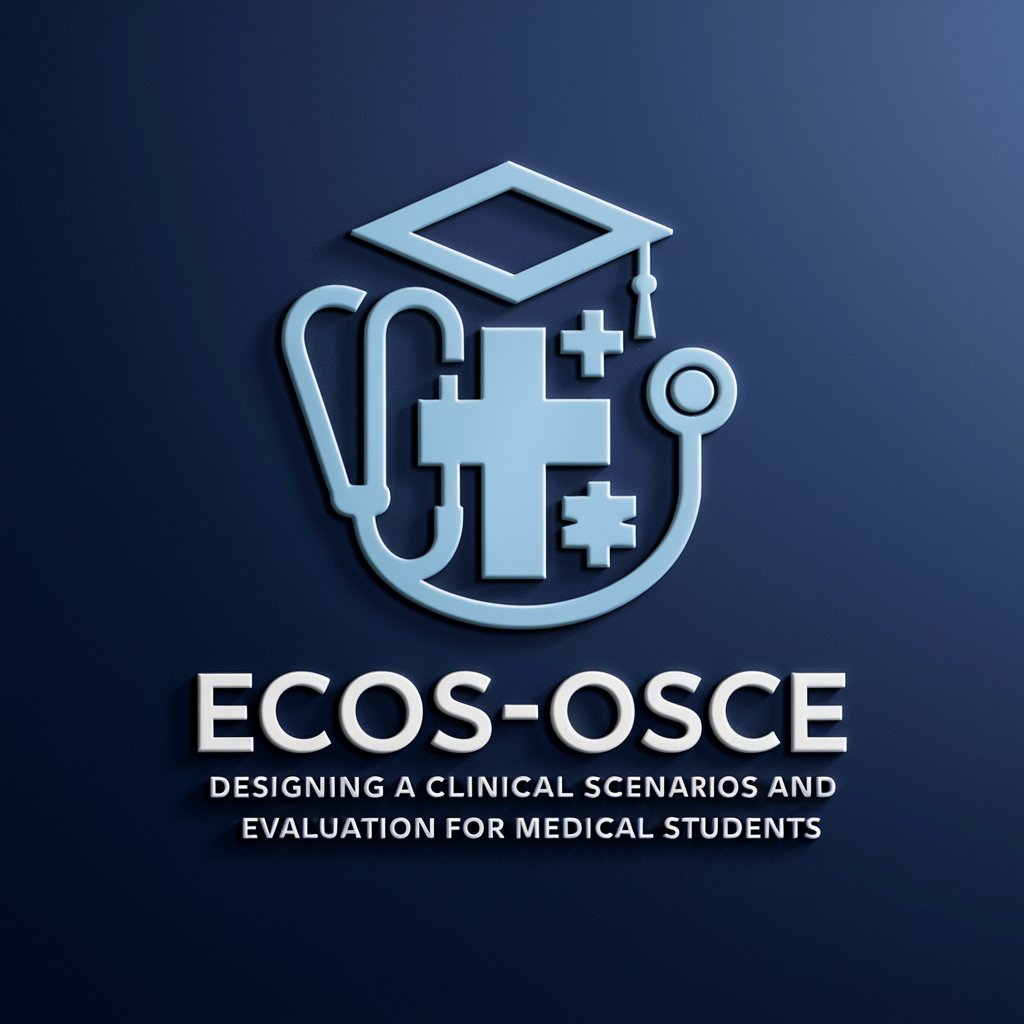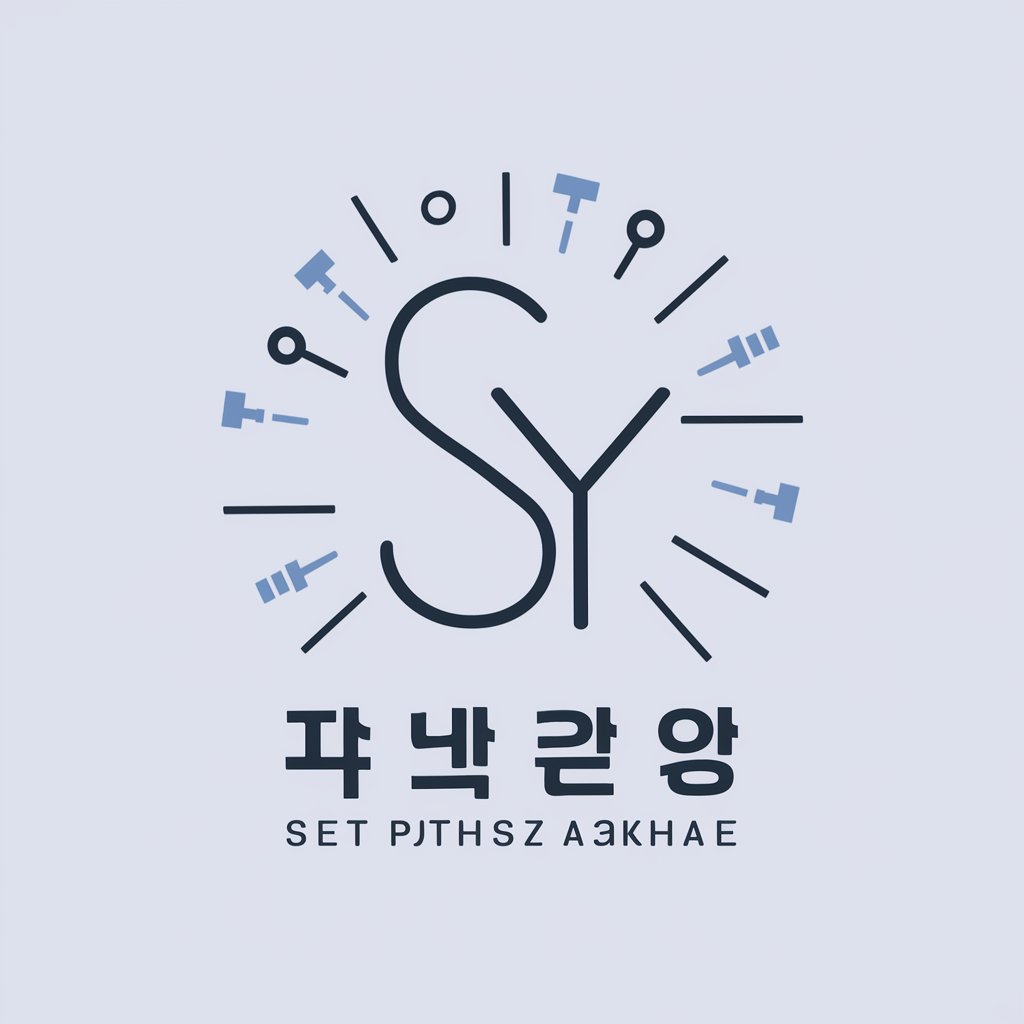OSCE Patient Simulator - OSCE Practice Simulator

Welcome to your OSCE Patient Simulator session!
Revolutionizing Medical Training with AI
Ready
Start simulation
Begin patient case
Initiate OSCE scenario
Get Embed Code
Overview of OSCE Patient Simulator
The OSCE Patient Simulator is designed to assist medical students and professionals in practicing and refining their clinical skills in a simulated environment. This virtual tool creates realistic patient interactions based on common medical issues or diseases. Users engage with simulated patients, who have detailed backstories and medical histories. These interactions are intended to mimic real-life consultations in an Objective Structured Clinical Examination (OSCE) format. For example, the simulator might generate a patient with symptoms of diabetes, complete with a fabricated medical and social history. The student then conducts a history taking to identify potential diagnoses, recommends investigations, and suggests management plans. Powered by ChatGPT-4o。

Core Functions of OSCE Patient Simulator
Simulated Patient Creation
Example
Creation of a patient named 'John Doe', aged 47, presenting with chest pain. John's background includes a history of hypertension and he is a smoker, which are key details the student needs to uncover through questioning.
Scenario
Used in an educational setting where students practice diagnosing cardiovascular issues under exam conditions.
History Taking Training
Example
Students ask the simulated patient structured questions to elucidate the history of the presenting complaint, past medical history, and other relevant information, guiding them to a correct diagnosis.
Scenario
Utilized in clinical skills courses to help students develop effective communication and diagnostic reasoning.
Feedback and Assessment
Example
After the simulated consultation, the simulator provides feedback on the student’s performance, highlighting strengths, areas for improvement, and any critical points missed during the consultation.
Scenario
Employed in mock OSCEs to prepare students for real examination settings, offering a safe space to learn from mistakes.
Target Users of OSCE Patient Simulator
Medical Students
Students benefit from realistic, interactive scenarios that help build their clinical and communication skills, crucial for patient interactions and exams.
Medical Educators
Educators use this tool to enhance teaching effectiveness by providing students with diverse clinical scenarios and immediate feedback, enriching the learning experience.
Healthcare Professionals
For professionals seeking to refresh or enhance their clinical skills, particularly in areas they may not frequently encounter in their regular practice.

How to Use OSCE Patient Simulator
Initial Access
Visit yeschat.ai for a free trial without login, also no need for ChatGPT Plus.
Choose a Scenario
Select from a variety of common medical issues or diseases to simulate a patient interaction specific to that condition.
Start Interaction
Type 'Ready' to initiate the simulated patient interaction, complete with a backstory and a set of symptoms for the chosen scenario.
Conduct Examination
Use your medical knowledge to interact with the simulated patient by asking questions to gather more information about their symptoms and history.
End Consultation
Type 'end consultation' to conclude the session, receive a diagnosis of the patient's condition, and get feedback on your interaction.
Try other advanced and practical GPTs
GitHub README
Craft Your Project's First Impression

ECOS - OSCE - Clinical Skills - Scenario - UNIL
Simulate and evaluate with AI

爆文编写大师
AI-powered Article Generation

微信公众号标题神器
Crafting Conversational Titles with AI

간추린 뉴스봇 ft. 카드뉴스
Condense News Swiftly with AI

Dictionary
Empower Your Words with AI

PPT Generator
AI-powered presentation crafting

ppt expert
AI-driven PowerPoint design for everyone

Our Annals 웨딩북
Craft Your Love Story with AI

CODIE
Your Personal AI Coding Coach

사이트 한글 요약
Summarize web content with AI efficiency.

Bio Lab Assistant
AI-Powered Guidance for Lab Learning

Frequently Asked Questions about OSCE Patient Simulator
What is the OSCE Patient Simulator?
The OSCE Patient Simulator is an AI-powered tool designed to help medical students and professionals practice patient interactions in a simulated environment, improving their diagnostic and communication skills through realistic patient scenarios.
How realistic are the simulations?
Simulations are crafted based on common medical conditions with comprehensive patient histories and presenting symptoms, designed to mimic real-life patient interactions as closely as possible.
Can I choose different types of medical cases?
Yes, users can select from a wide range of medical scenarios, each representing different diseases or common medical issues, allowing for diverse practice opportunities.
Is there a way to receive feedback on my performance?
After each simulation, the tool provides detailed feedback on your performance, including aspects well handled and areas for improvement, helping you refine your clinical and decision-making skills.
Can this tool be used for official medical certification?
While the tool offers excellent practice opportunities, it is primarily designed for educational purposes and is not recognized for official medical certification or licensure.
